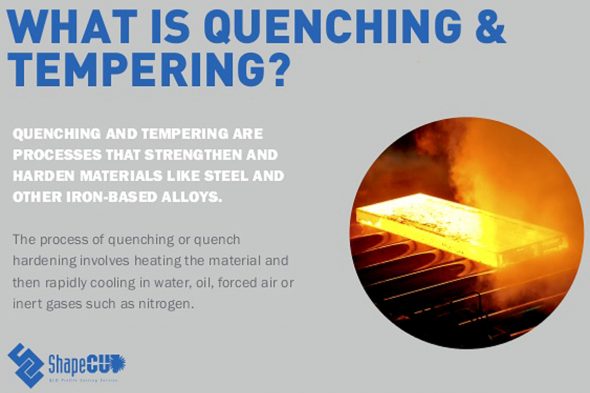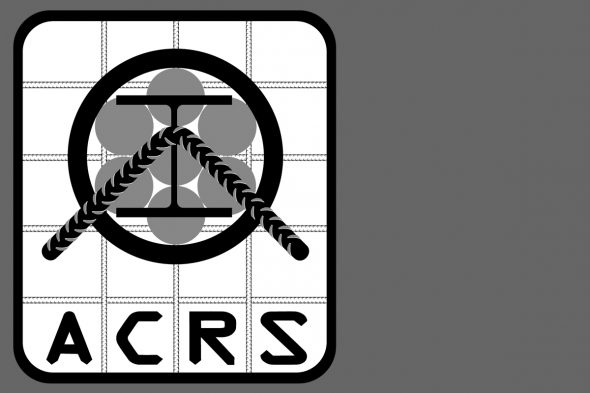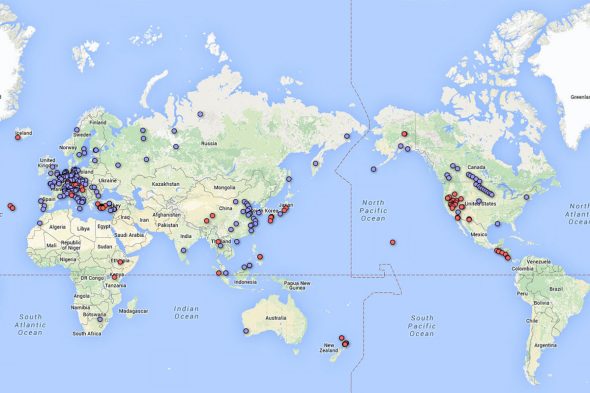Update – Member survey: connecting with the digital cloud
Now that we better understand the member value and new walk, talk and feel we need to deliver – focusing on how we share this with you has never been more important. Like many businesses, we realise that using digital channels needs to be one of the key mechanisms we use to connect the dots…











